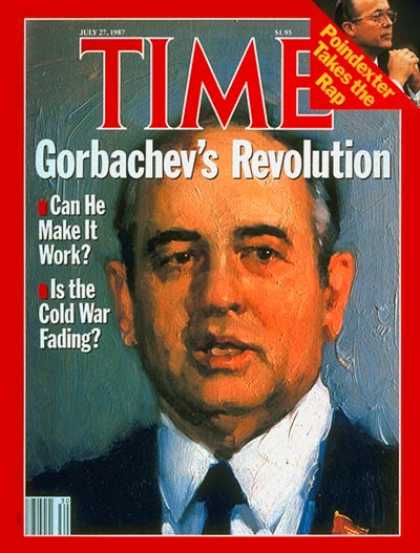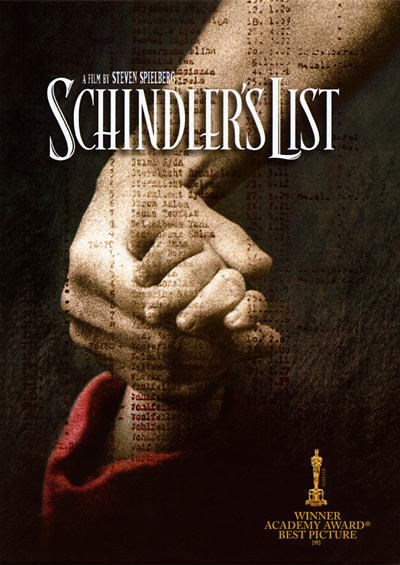
Mikhail Gorbachev had become the youngest Soviet leader since Joseph Stalin at the age of 54. Mikhail Gorbachev can be considered an open-minded person in a few ways. I say this because he actually realized that silencing and not letting citizens of the nation let their ideas out into the open would not lead the nation to the change they needed. The Soviet Union needed economic and social reforms and Gorbachev wasn't going to let censorship get in the way. So, in the year 1985 he introduced a policy called glasnost, which meant openness. With this policy, Gorbachev encouraged people of the nation to let our their ideas about how to make their society better. This new policy lead to good things like the opening of churches and allowing the publication of books by authors who were banned before.
In that same year, Gorbachev introduced another great policy called perestroika, which means economic restructuring. Now that people could speak freely about what they thought about the economy. Party officials would tell farm and factory managers how much to produce and what wages to pay and what prices to charge. In the year 1986, Gorbachev took action. With his help, managers gained more authority over their farms and factories and people could open their own private businesses. Gorbachev introduced another policy called democratization since he knew that, for the economy to stay strong, thee Communist Party had to keep off the Soviet Union a bit. Voters could now vote for who they want to be elected. Because of Gorbachev's thoughtful and effective ideas, the Soviet Union found its way out of Communism. His policies also helped strengthen the economy and society a great deal.





